Dog breeds that are difficult to train can frustrate owners unfamiliar with their behaviors. These breeds tend to be overly energetic, highly sensitive, or downright stubborn. So, which dog breeds are the hardest to train? Let’s take a look.
Basenji
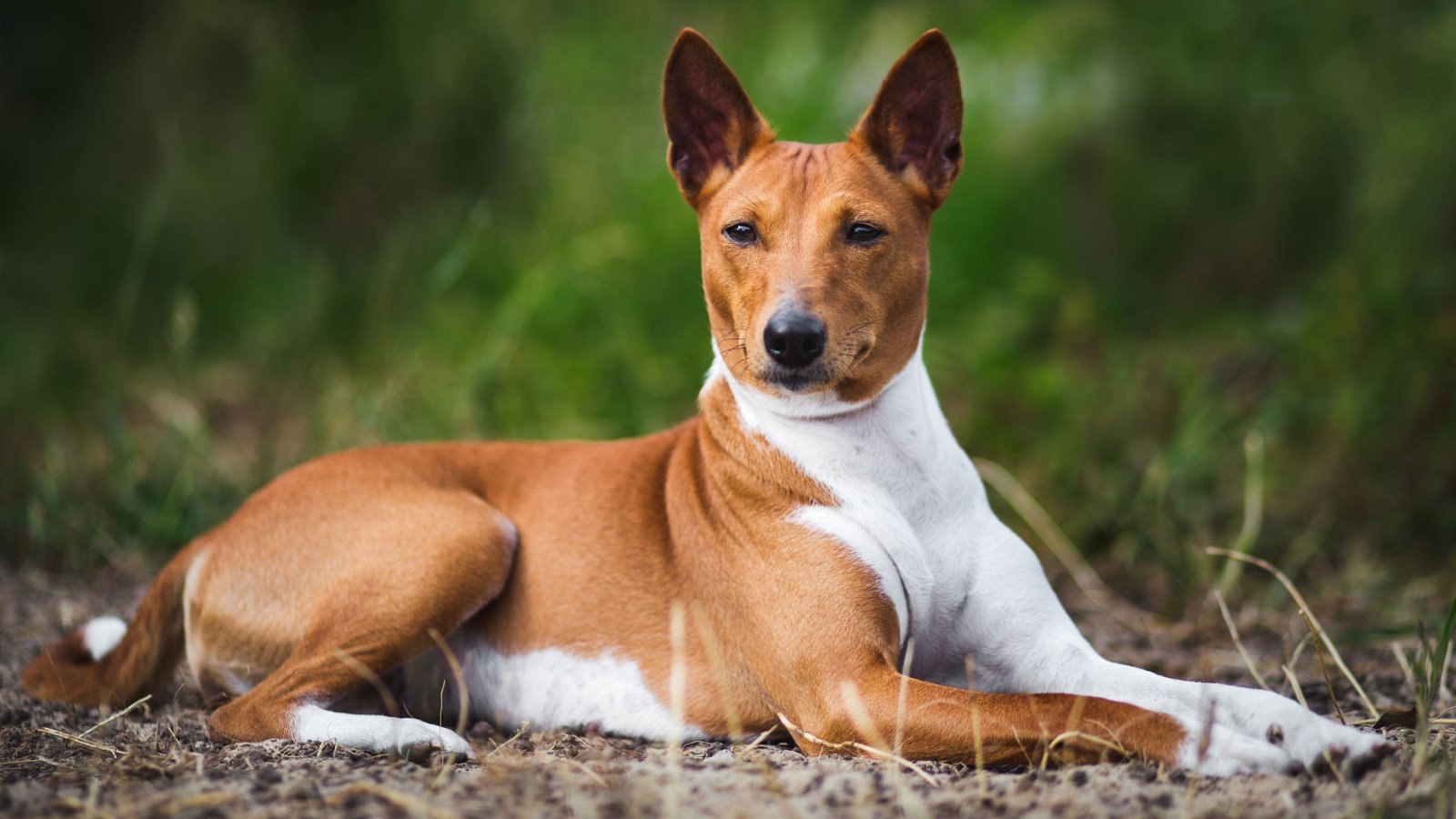
Basenjis rank low in traditional obedience intelligence. They originally hail from Central Africa, where they were bred for hunting due to their keen senses and high energy. Curiosity often drives them to act independently, which some interpret as a lack of trainability.
Afghan Hound
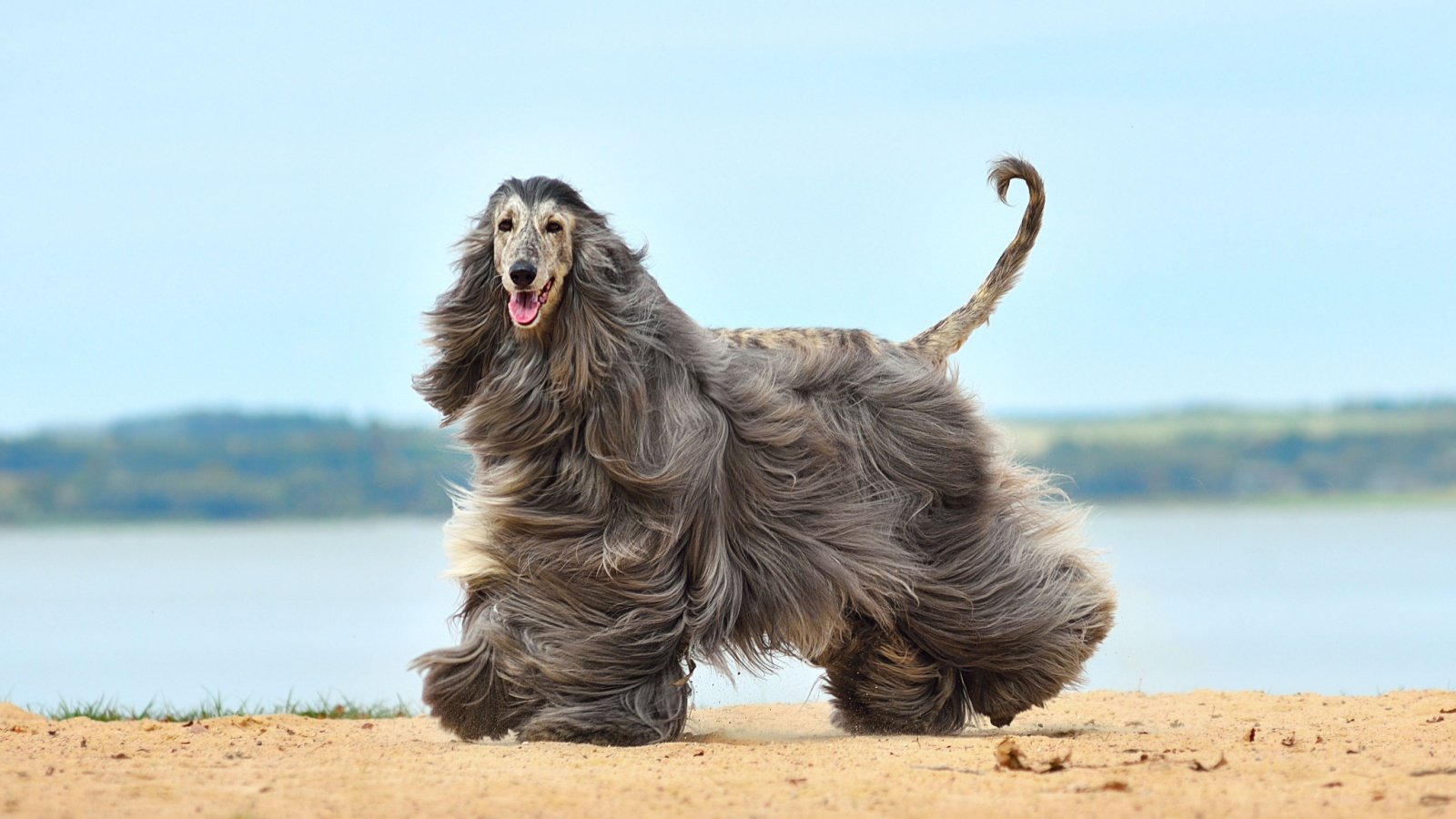
The elegant Afghan Hound does not take commands easily. Originating from the mountainous regions of Afghanistan, these hounds were bred for their ability to make independent hunting decisions. They excel in problem-solving but may appear aloof when asked to perform basic commands.
Chow Chow
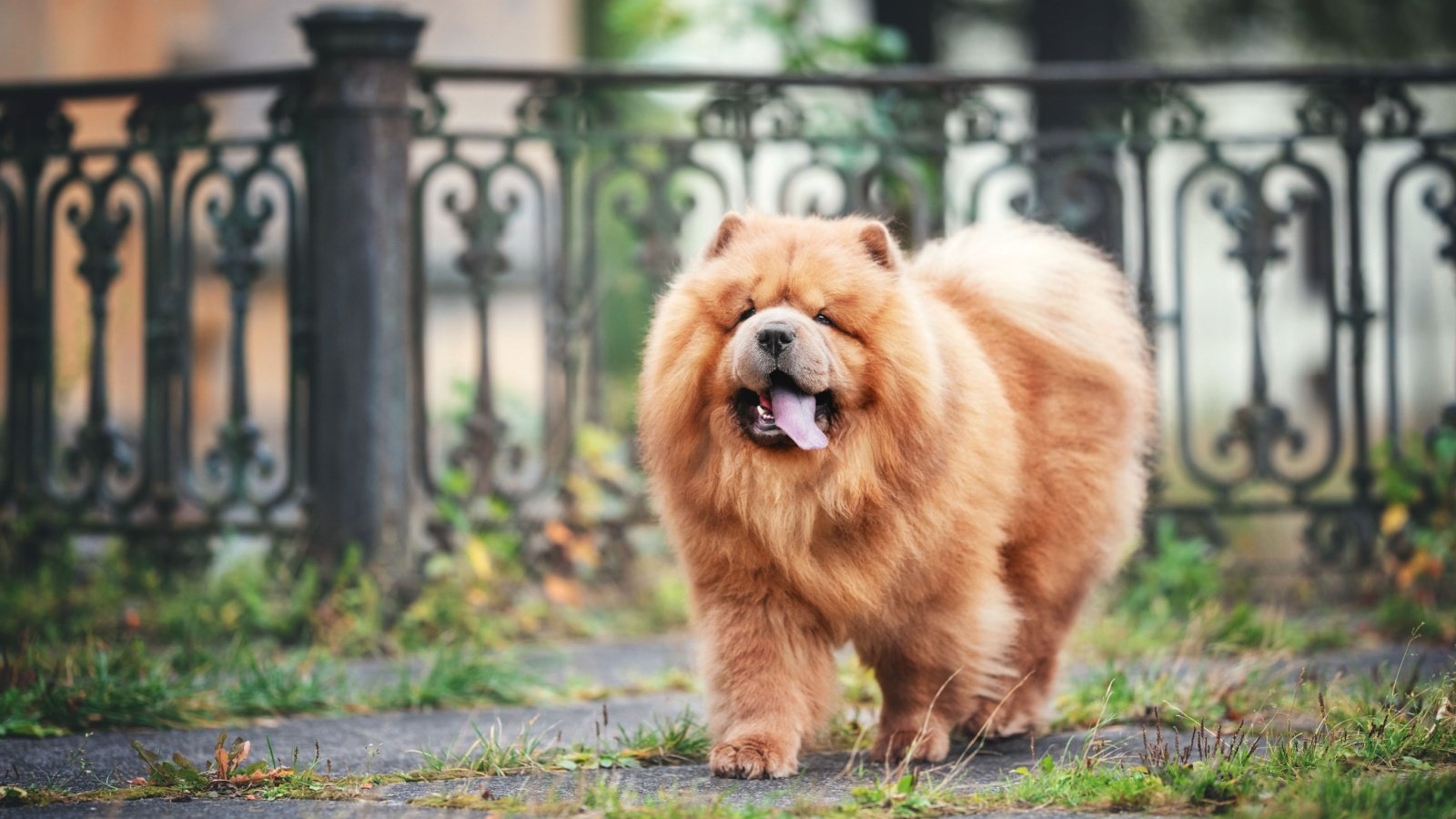
Chow Chows carry an air of aloof dignity and are not typically eager to please their human counterparts. With a history as guardians of Chinese temples, they were valued more for their protective instincts than their trainability. Their independence means they often prefer leading rather than following, which can challenge traditional training methods.
Bulldog
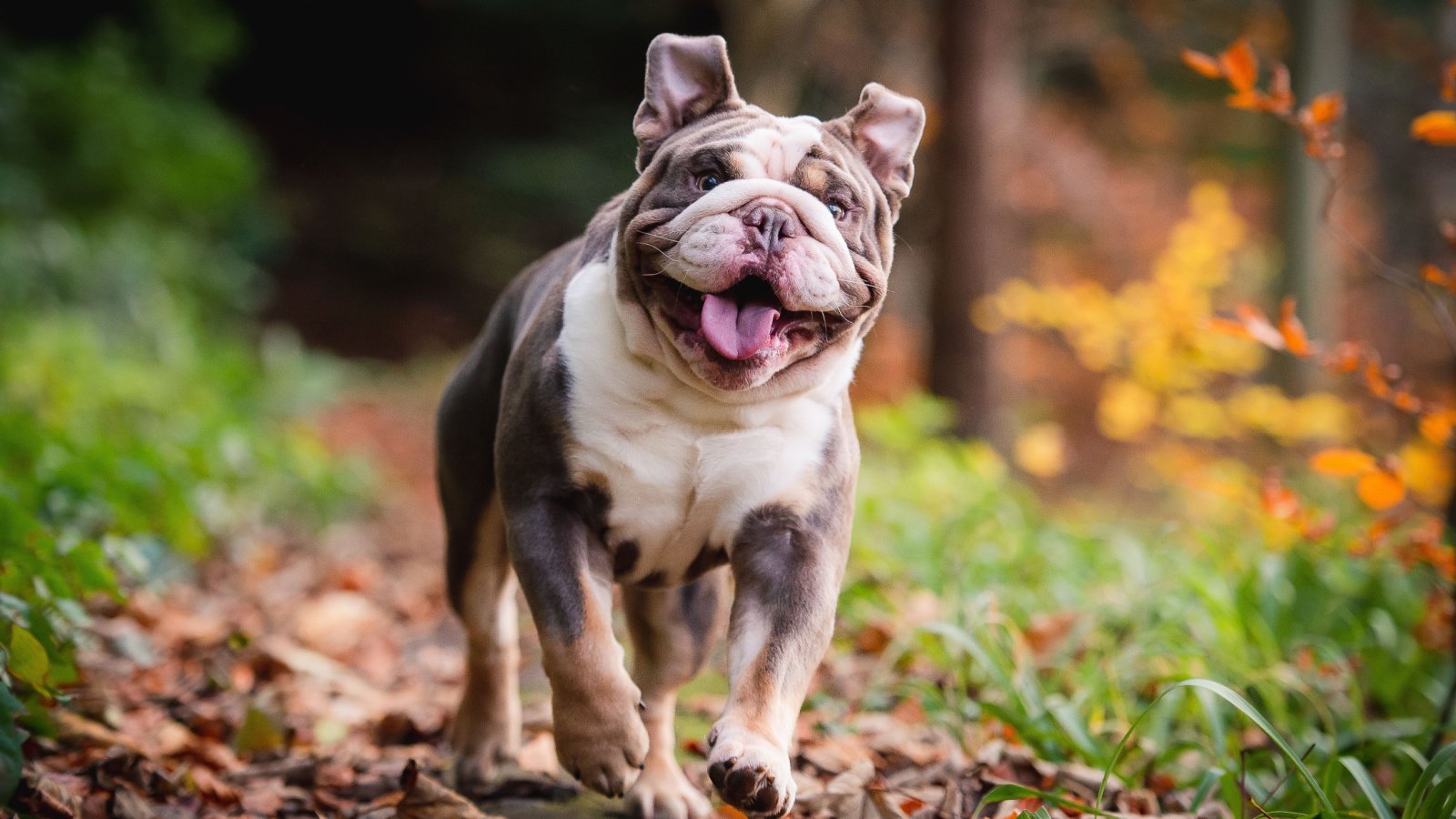
Originally bred in England for bull-baiting, bulldogs are now popular companions known for their stubbornness. While they might not pick up tricks quickly, their enduring loyalty makes them beloved family members.
Borzoi
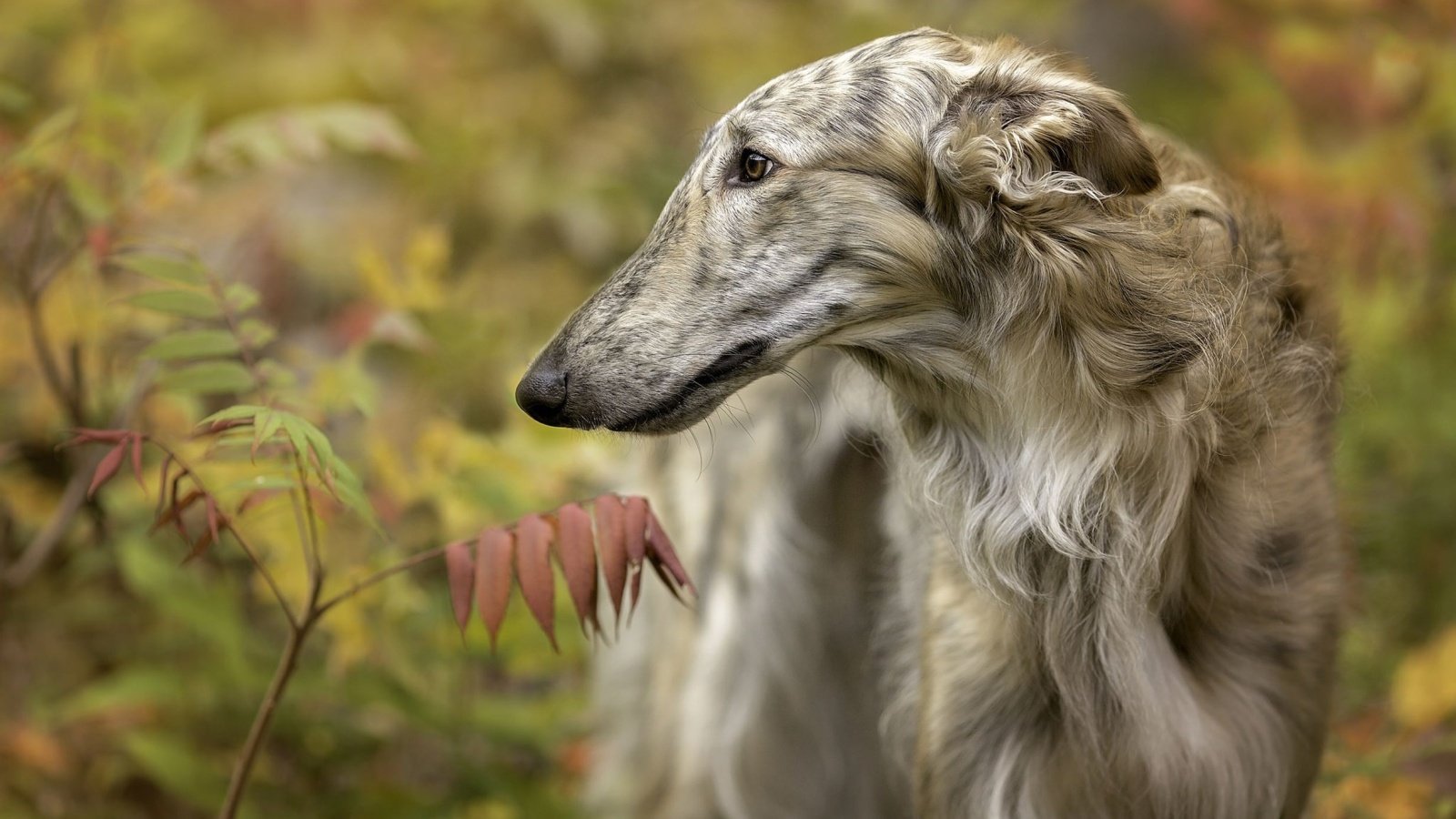
The Borzoi often resists repetitive training. They were bred by Russian nobility to chase games over vast distances, relying more on their instincts than on directed commands. This breed’s intelligence is best displayed in high-speed pursuits rather than routine obedience.
Bloodhound

Bloodhounds are indispensable in search and rescue operations. However, when it comes to obedience training, they can be single-minded and difficult to engage. Their tracking ability is extraordinary, demonstrating that intelligence in dogs can be highly task-specific.
Pekingese
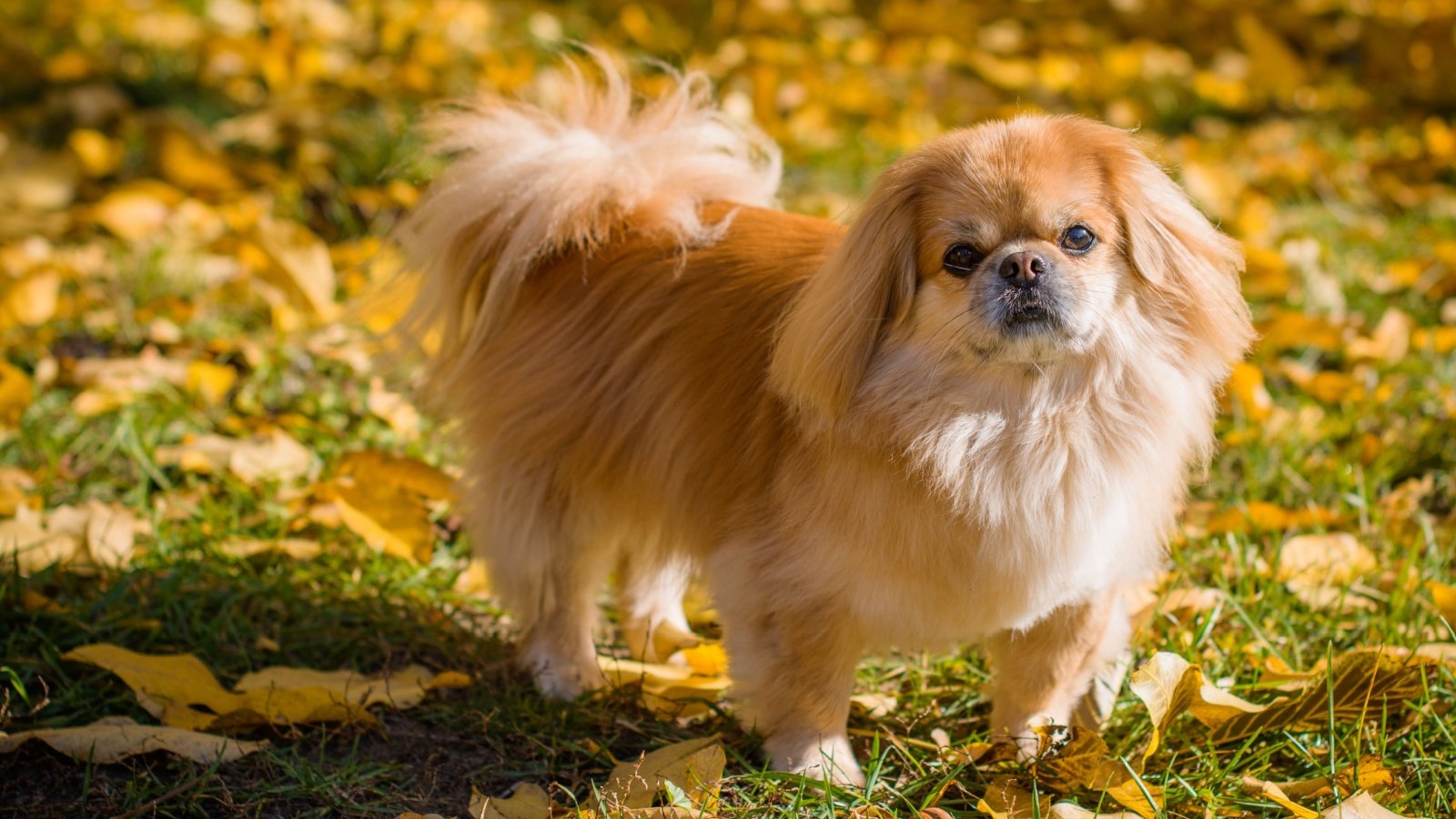
Pekingese possess a self-important demeanor that can hinder training. Their historical role as lap dogs in palaces means they were never bred for cognitive challenges but for companionship. They often prioritize comfort over compliance, making training sessions a test of patience.
Mastiff
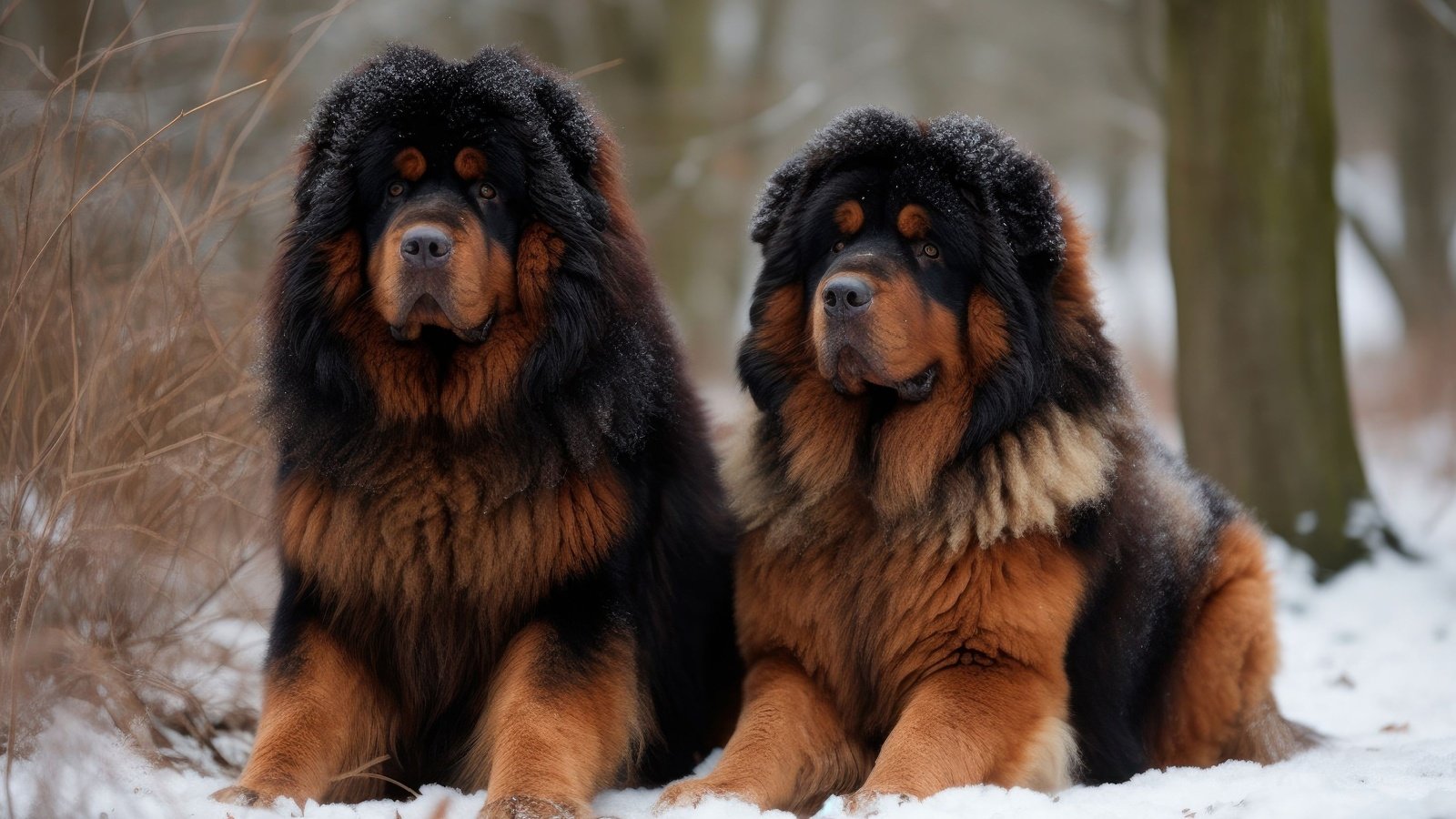
Mastiffs were used historically as guard dogs, relying more on their physical presence than cunning tactics. While they may not excel in agility or complex commands, their protective instincts are unmatched.
Beagle
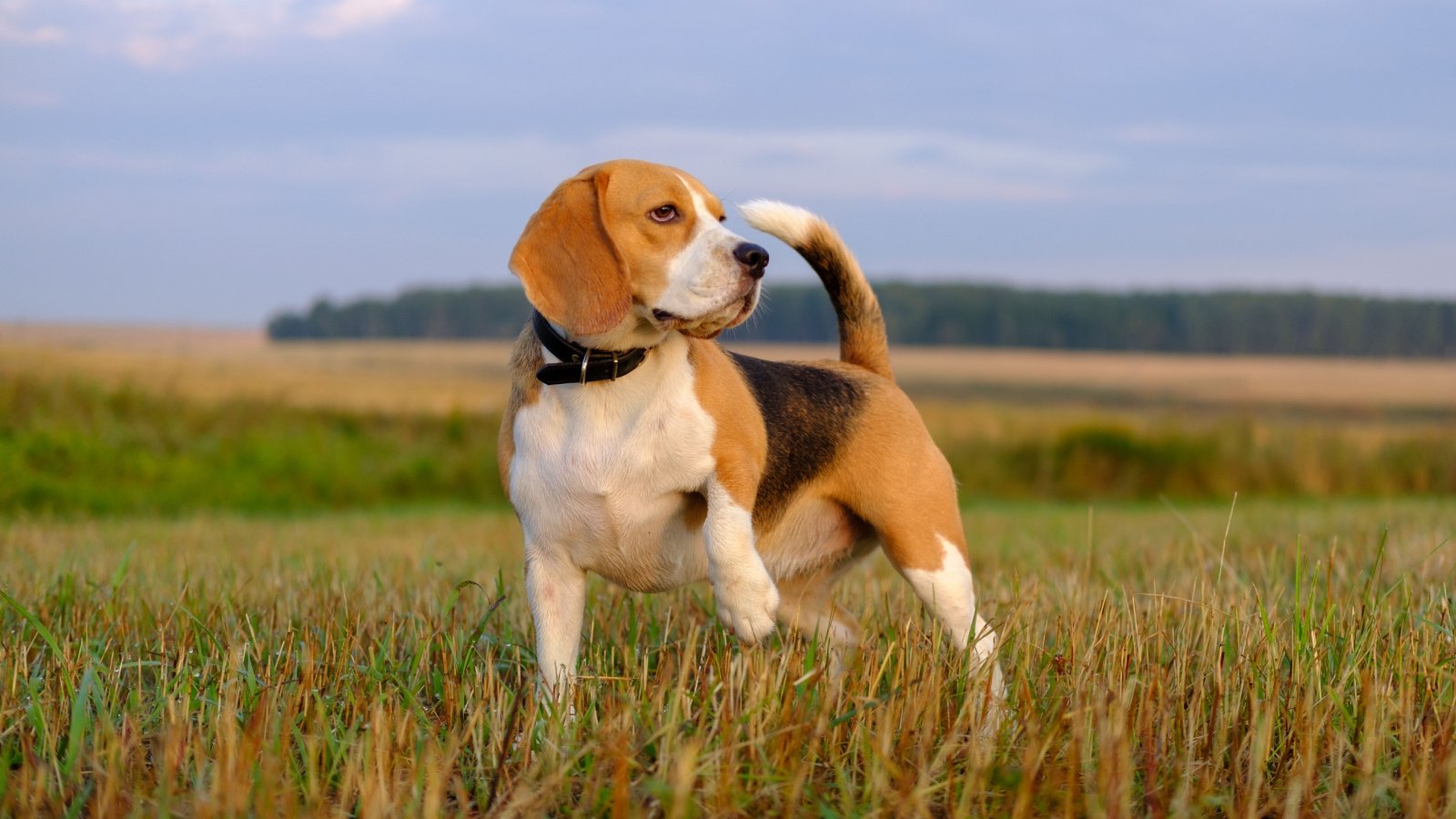
Beagles display selective hearing when it comes to standard obedience. Bred primarily for their olfactory abilities, they excel in tasks that utilize their keen sense of smell. Their intelligence shines in problem-solving situations but dims in repetitive training environments.
Basset Hound

Basset Hounds are scent hounds that can be stubborn learners. They are extraordinarily skilled in following a trail to its end. However, their focus on scents can detract from their attention to commands, making traditional training a challenge.
Saint Bernard
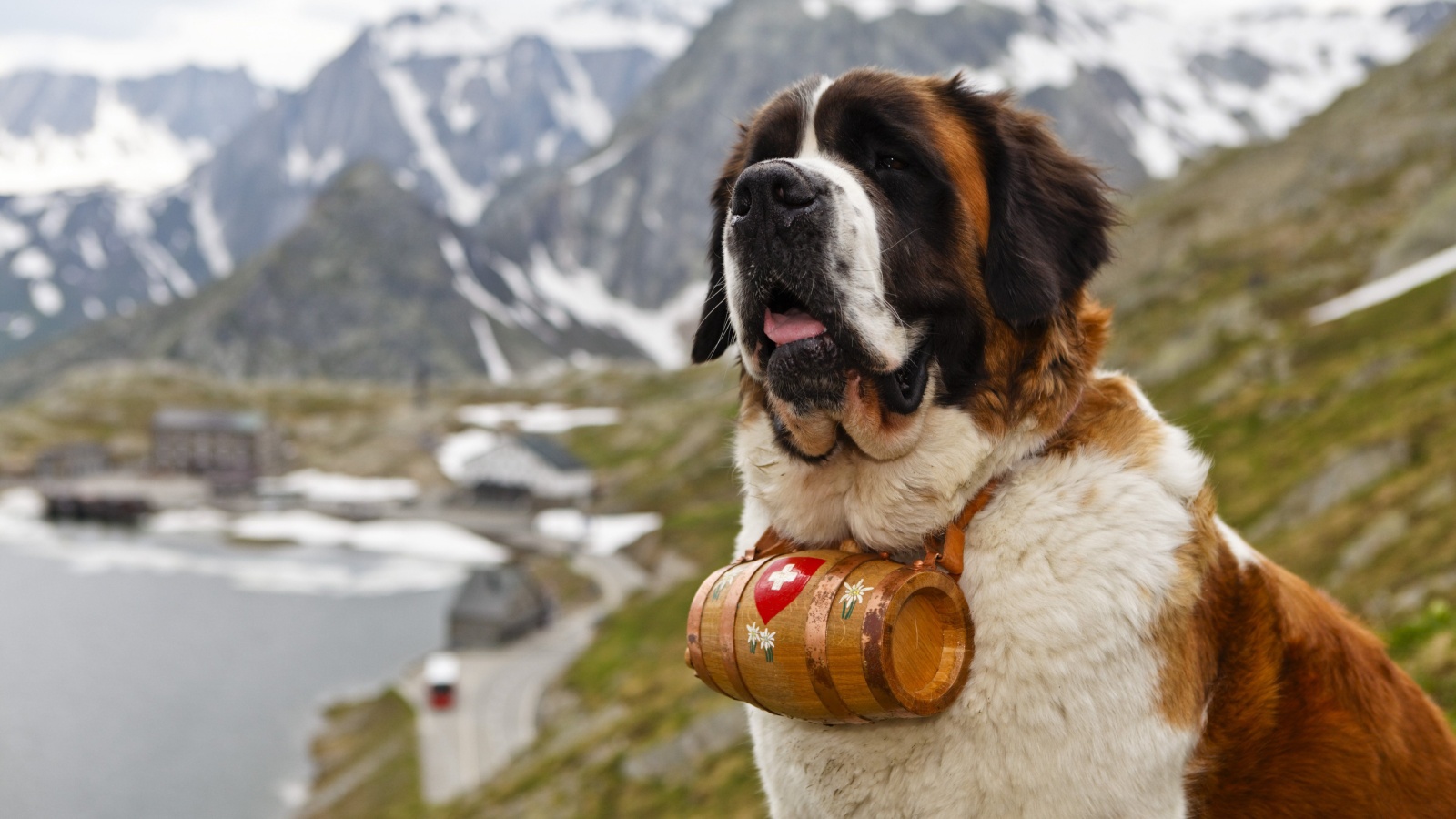
Saint Bernards, known for their heroic rescue efforts in the Swiss Alps, navigate through harsh conditions and make autonomous decisions. They might be slow to obey commands, but their capacity for independent action is invaluable in rescue scenarios.
Lhasa Apso
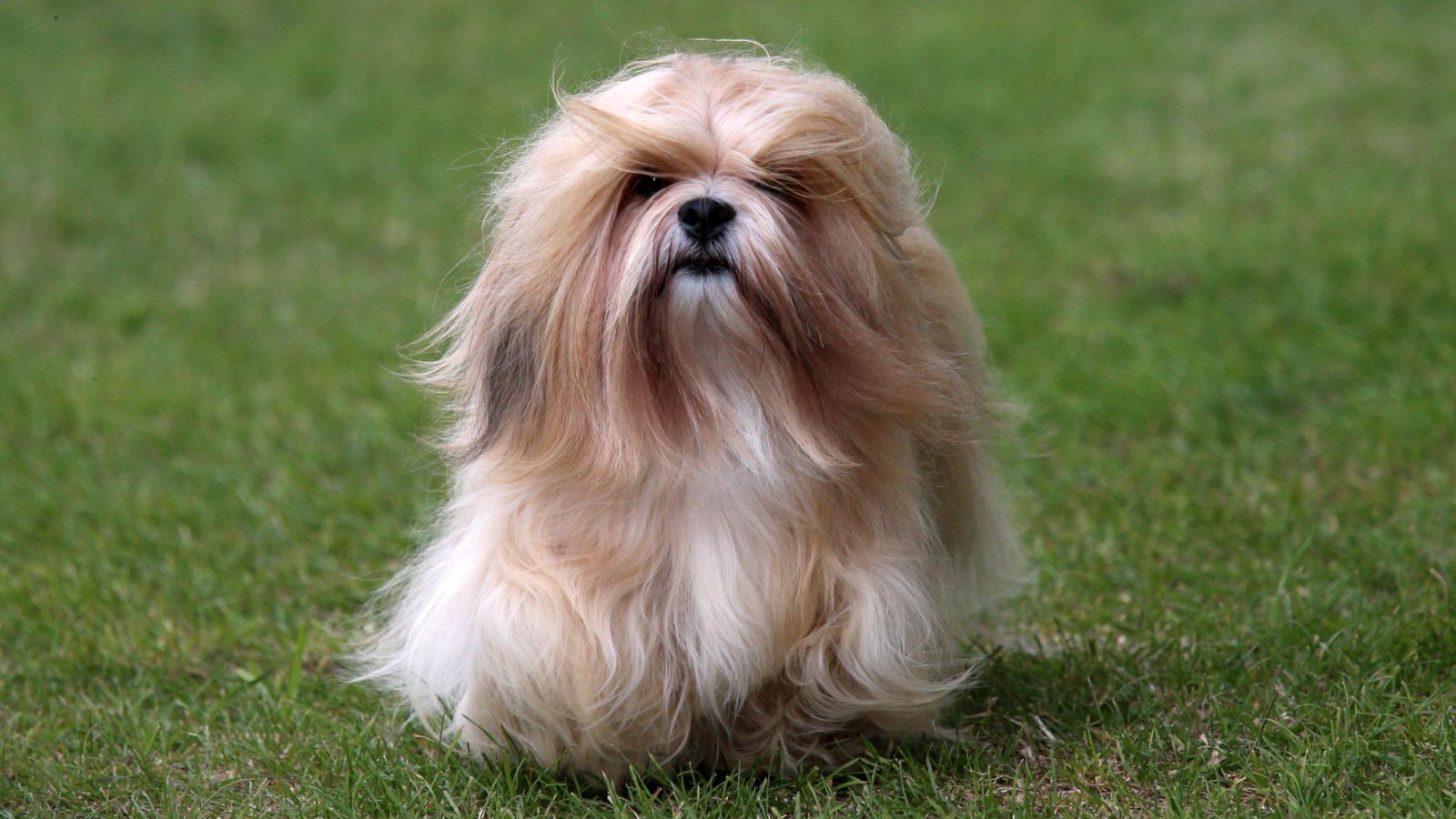
Lhasa Apsos were bred as sentinel dogs in Tibetan monasteries, alert and independent. They are more inclined to make decisions based on their assessments rather than follow overt commands. This breed’s intelligence is focused on surveillance and protection, making them excellent watchdogs but not the easiest to train.
Shih Tzu

Shih Tzus often approach training with a sense of entitlement, which can frustrate trainers looking for quick results. Their charm and affectionate nature, however, make them endearing pets despite their training challenges.
Great Pyrenees

The Great Pyrenees is geared towards making independent decisions in the field rather than following detailed training routines. These dogs may not excel in obedience, but they are unparalleled in their guardian roles.
Newfoundland
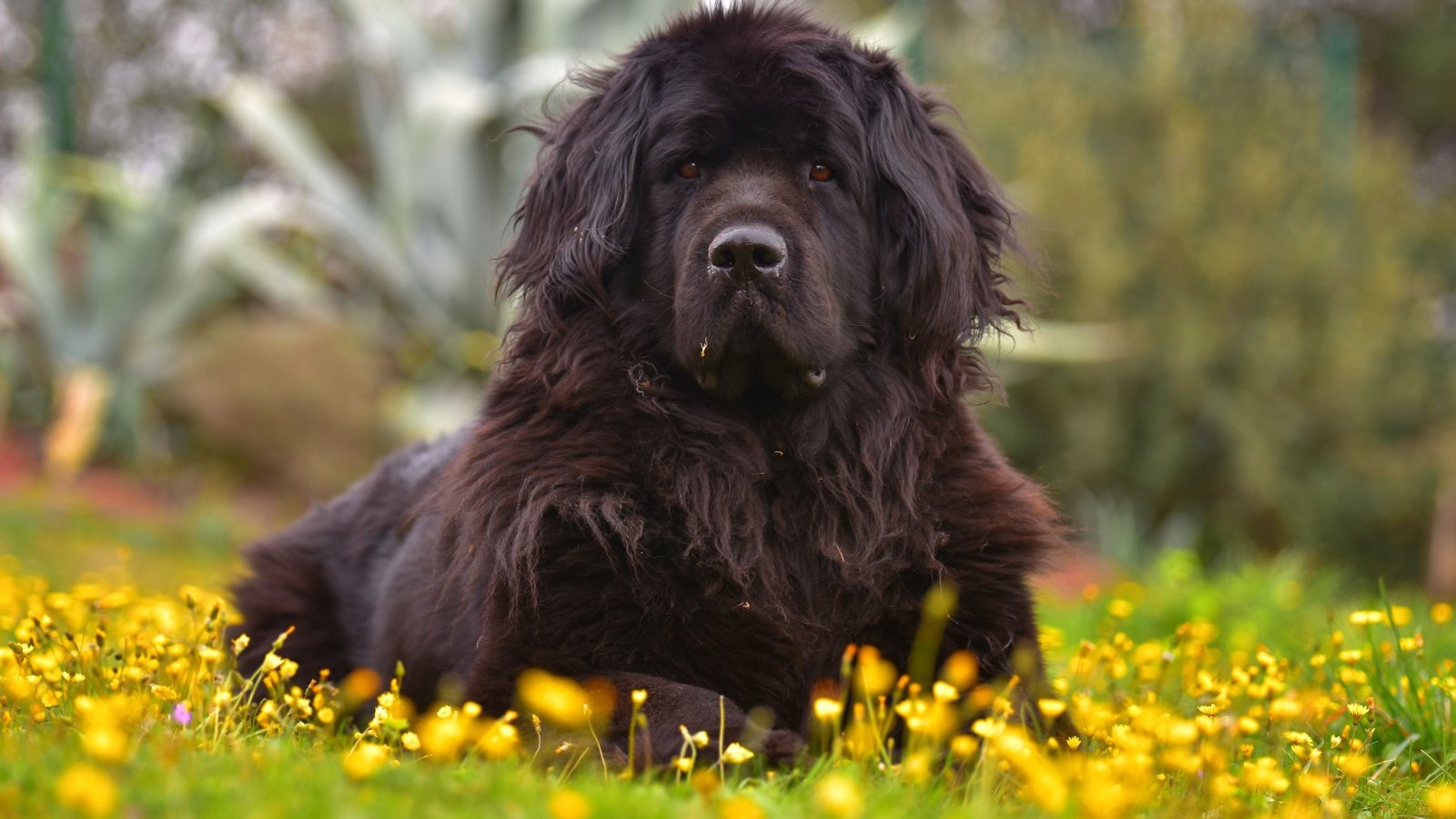
Newfoundlands are heroic swimmers, often used for rescue missions in aquatic environments. Their ability to perform complex tasks in water showcases a type of intelligence that goes beyond simple obedience. Although slow to train for everyday commands, their specialized skills in rescue are extraordinary.
Scottish Deerhound

Scottish Deerhounds, bred for coursing deer, rely on their speed and keen eyesight. They excel in autonomous hunting, making split-second decisions during the chase. Their type of intelligence is highly situational, focusing more on hunting instincts than on following routine commands.
Old English Sheepdog
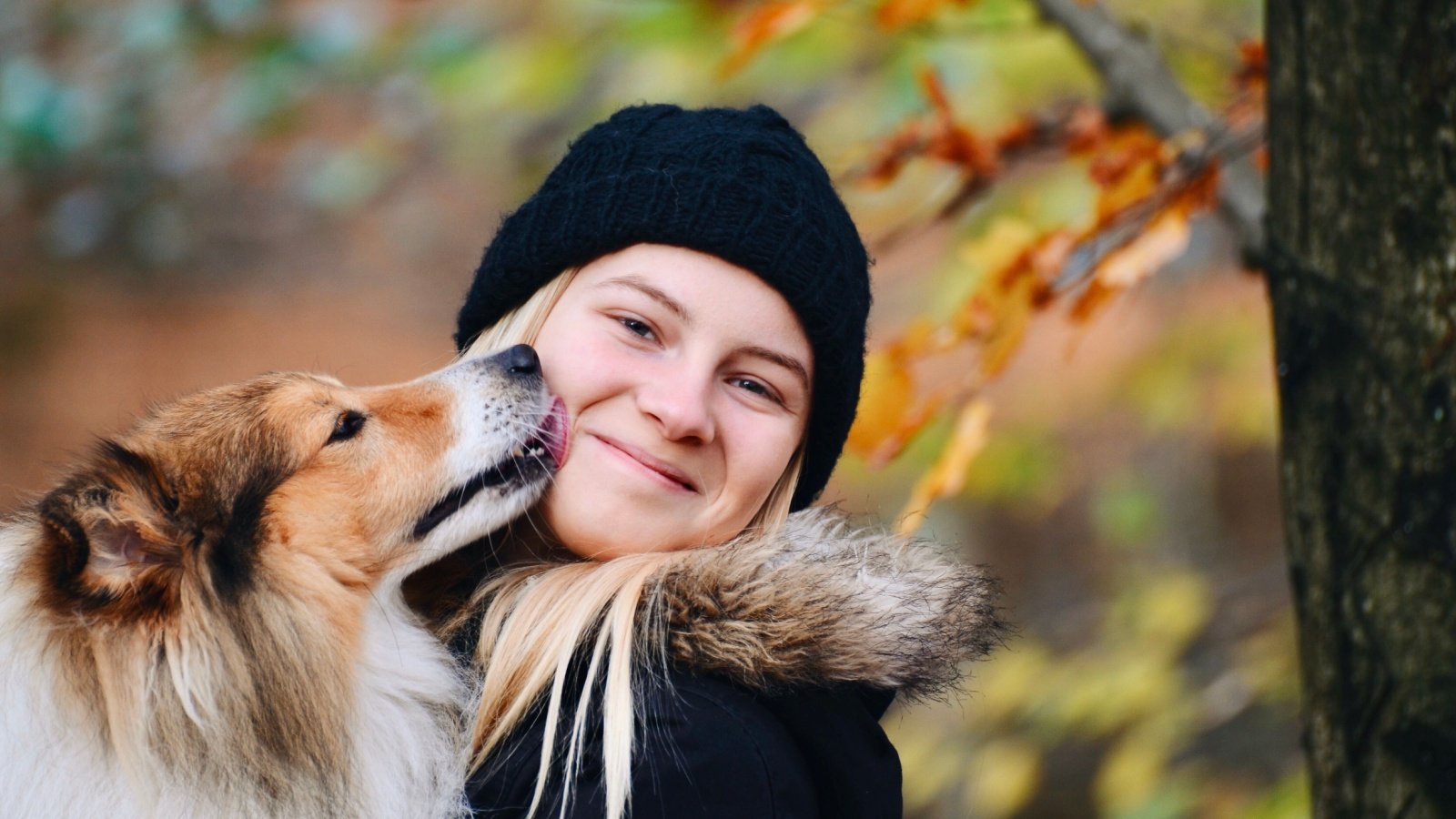
Old English Sheepdogs have a playful spirit that can sometimes interfere with their trainability. Known for their role in herding, they can be independent and prefer making their own decisions. They are not the quickest at learning tricks, but their ability to manage flocks shows practical intelligence.
Italian Greyhound
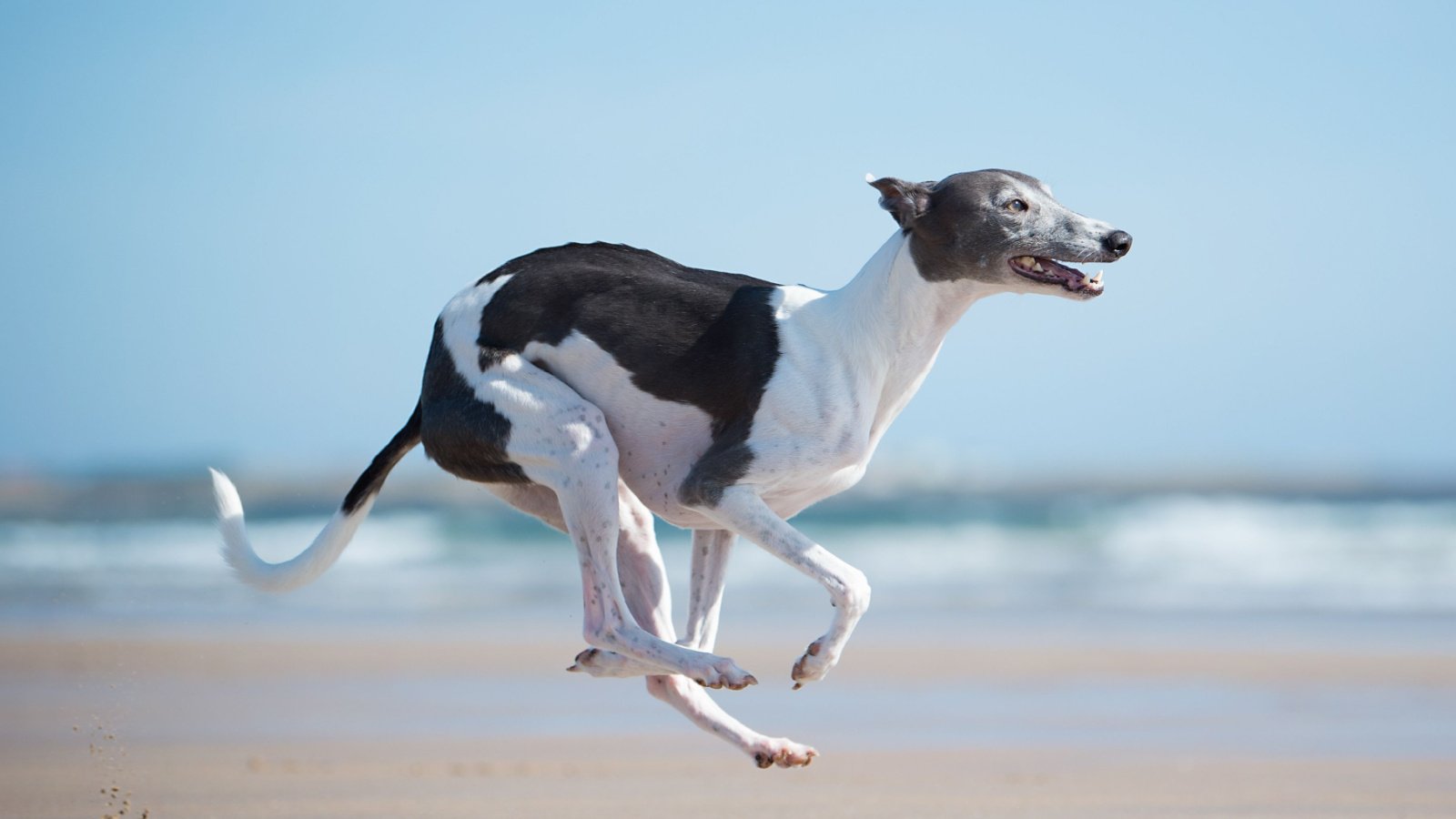
Italian Greyhounds are easily distracted during training sessions. Their breeding emphasizes speed and alertness, traits that are sometimes at odds with conventional obedience. While they might struggle with standard commands, their agility, and quickness are perfectly suited for racing.
French Bulldog
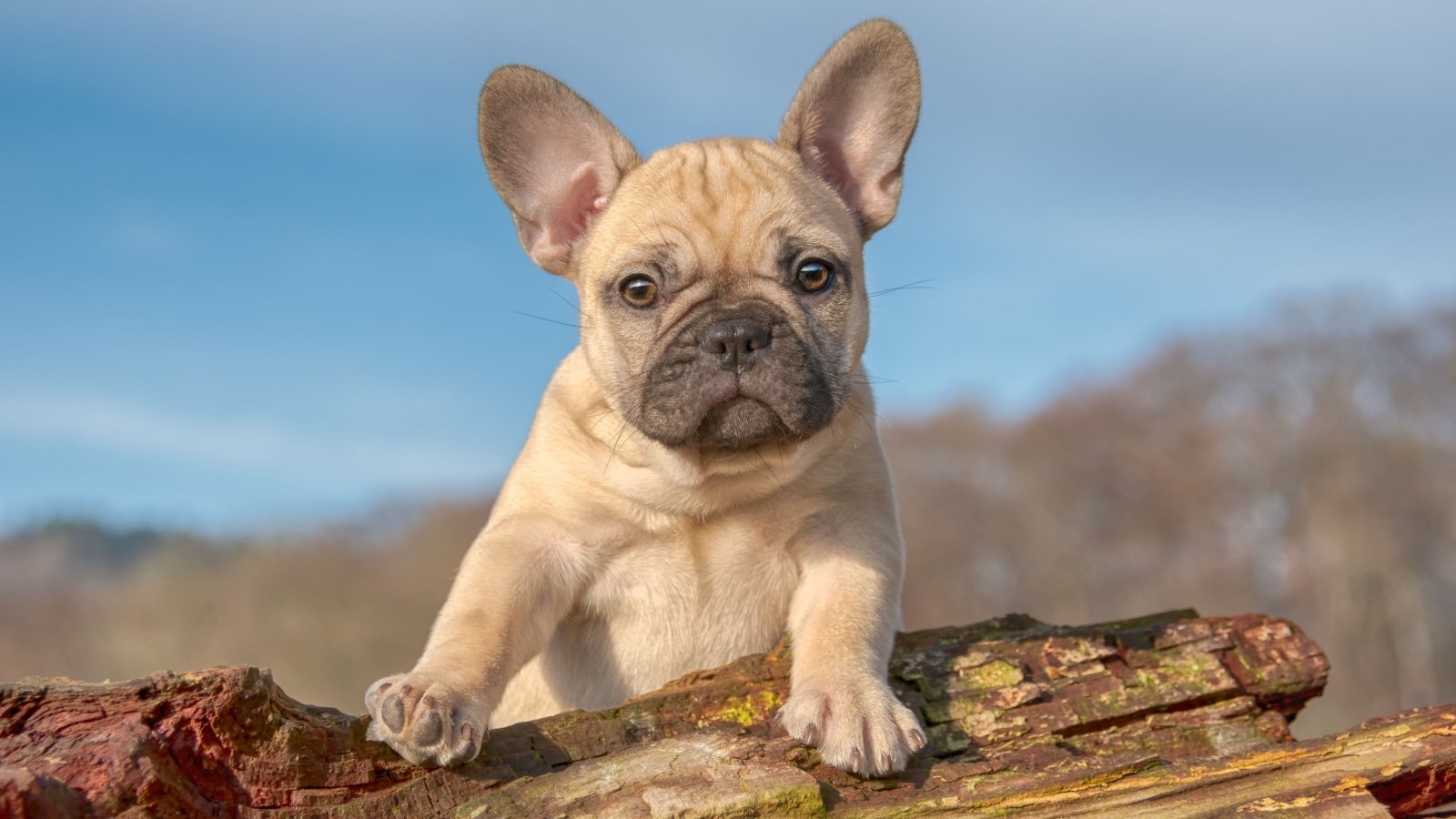
French Bulldogs can be stubborn learners. Bred primarily as companion dogs in urban settings, they often prioritize interaction over instruction. Their intelligence manifests in social situations, where they adeptly navigate human emotions.
Skye Terrier
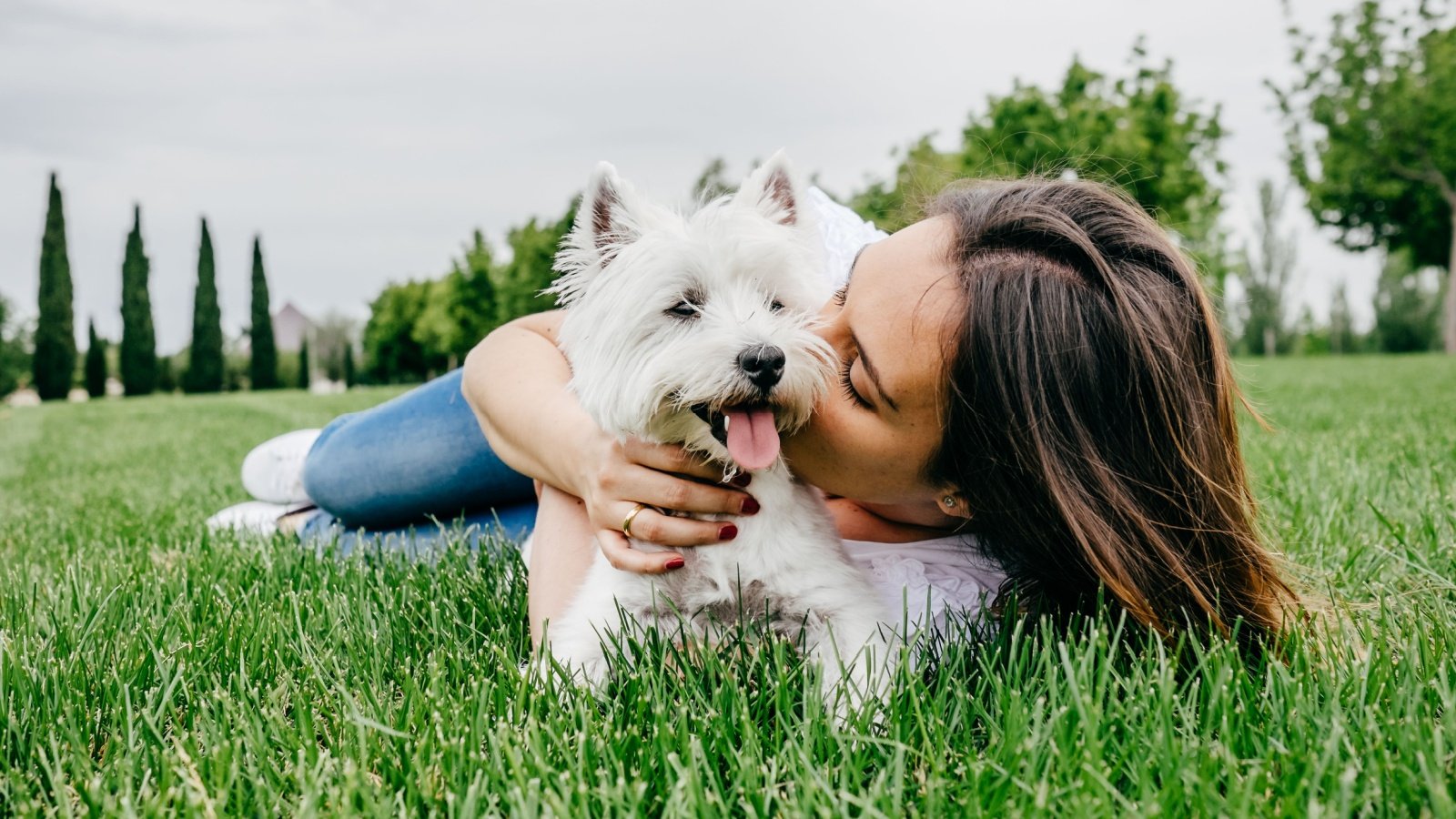
The stubborn nature of Skye Terriers can make training a test of wills, focusing more on persistence than on pleasantries. This breed’s intelligence shines in tactical hunting scenarios rather than routine obedience tasks.
Dachshund
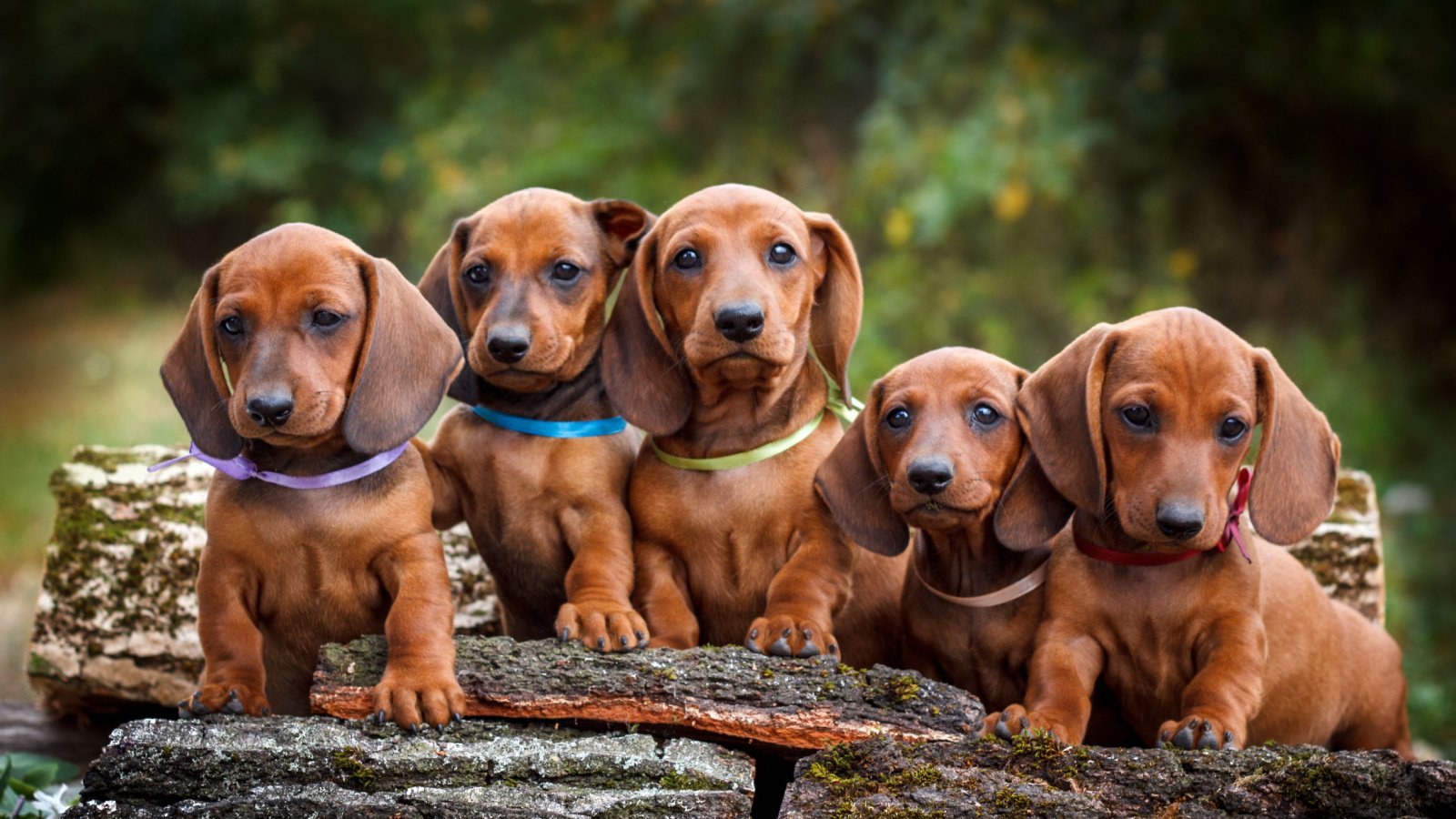
Dachshunds were bred to hunt burrowing animals. They display a sharp, problem-solving intelligence that can sometimes overshadow their obedience. Training a Dachshund often requires as much cunning and creativity as the tasks they were bred to tackle.








